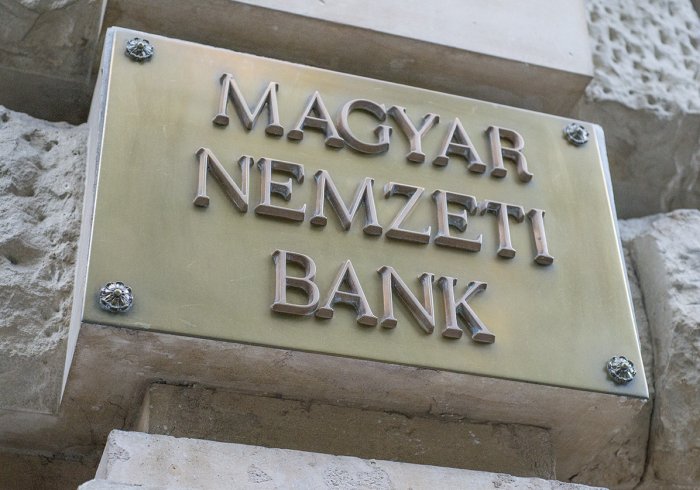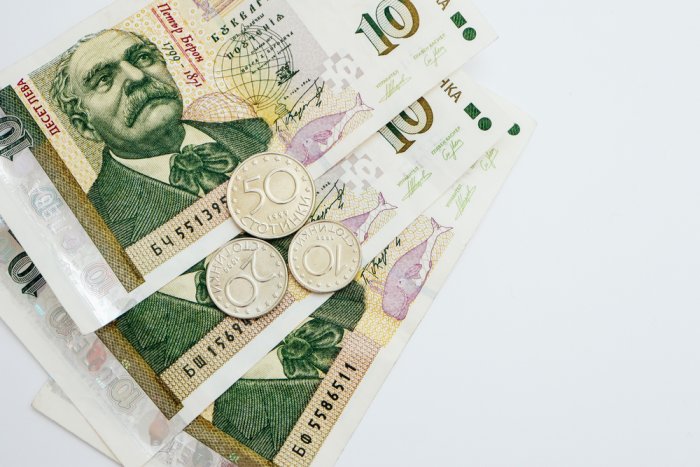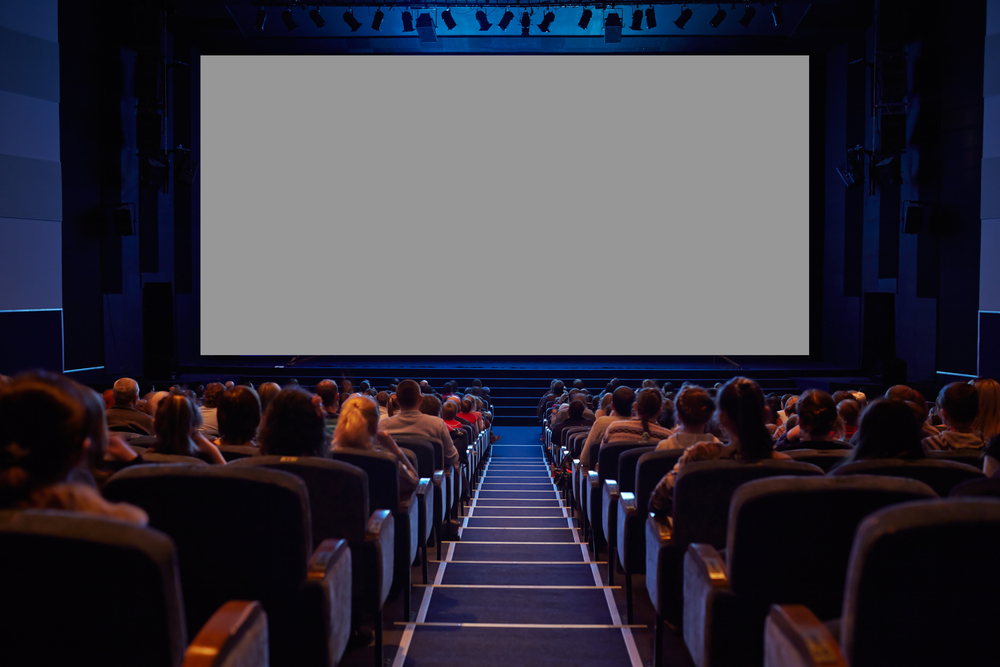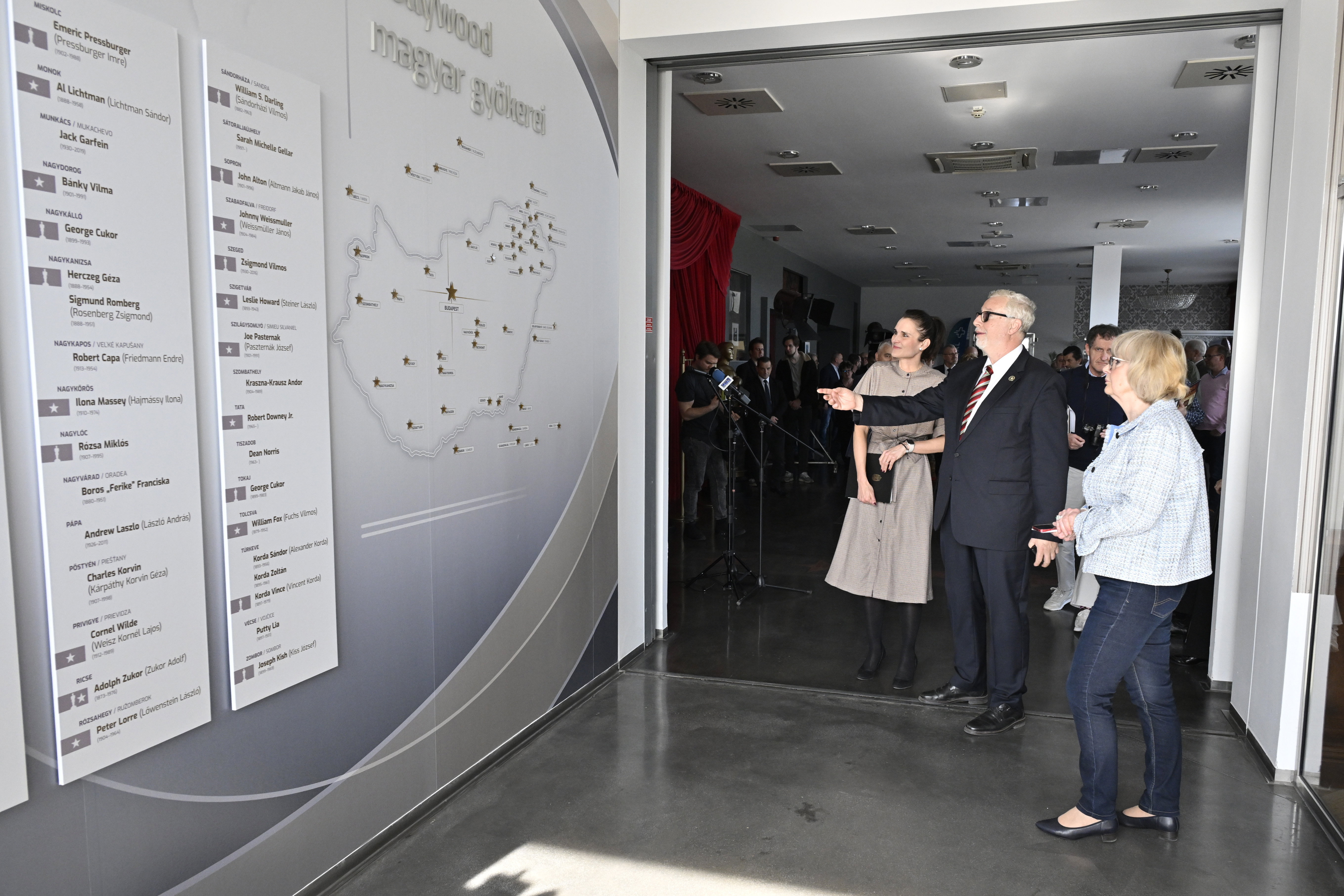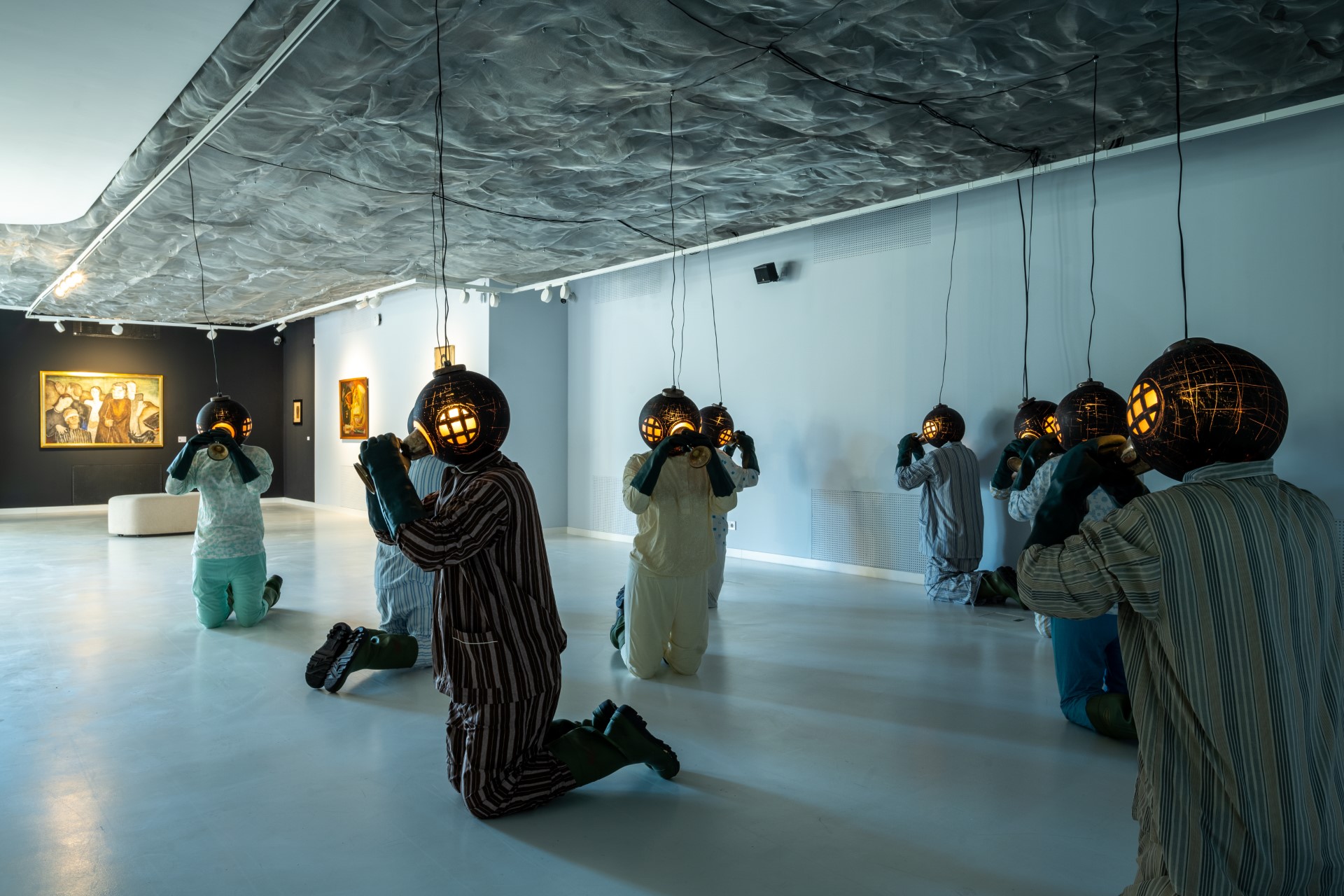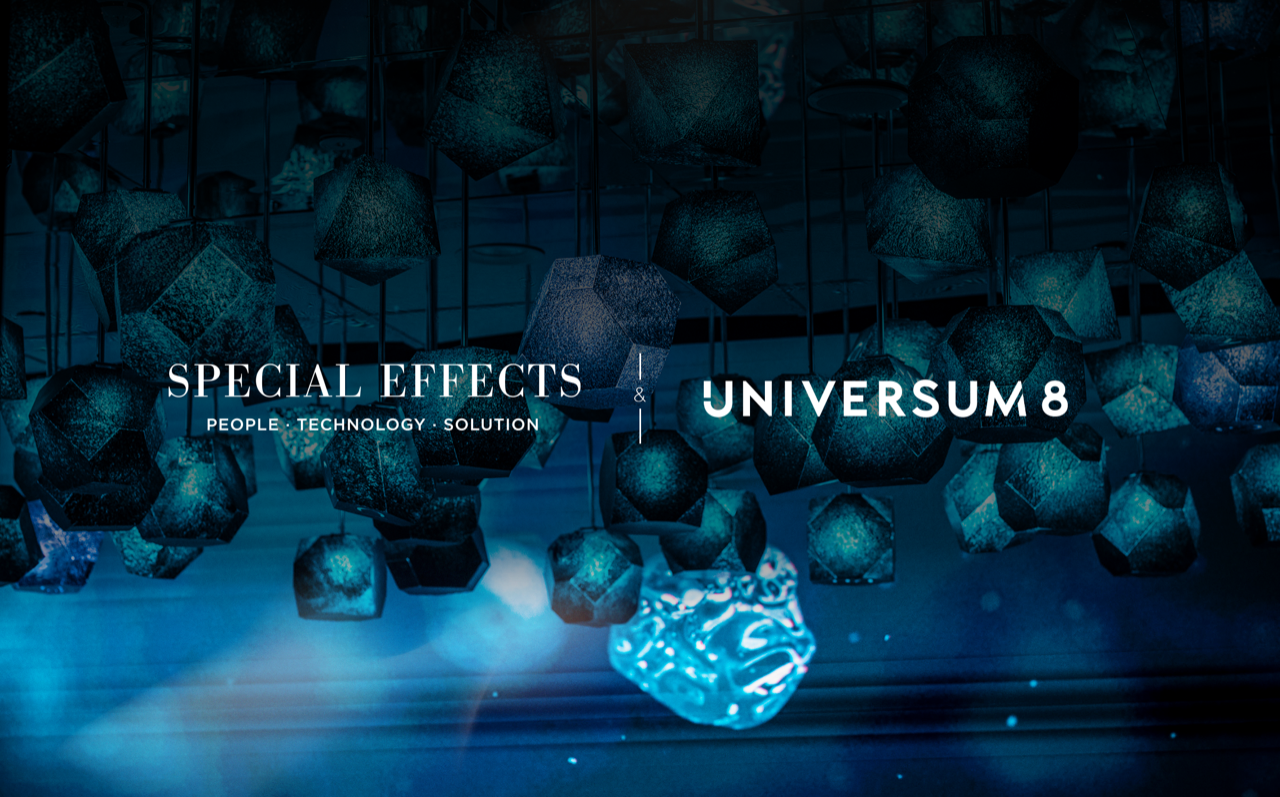Welcoming the Chance to Wander Budapest’s Museums and Galleries Again
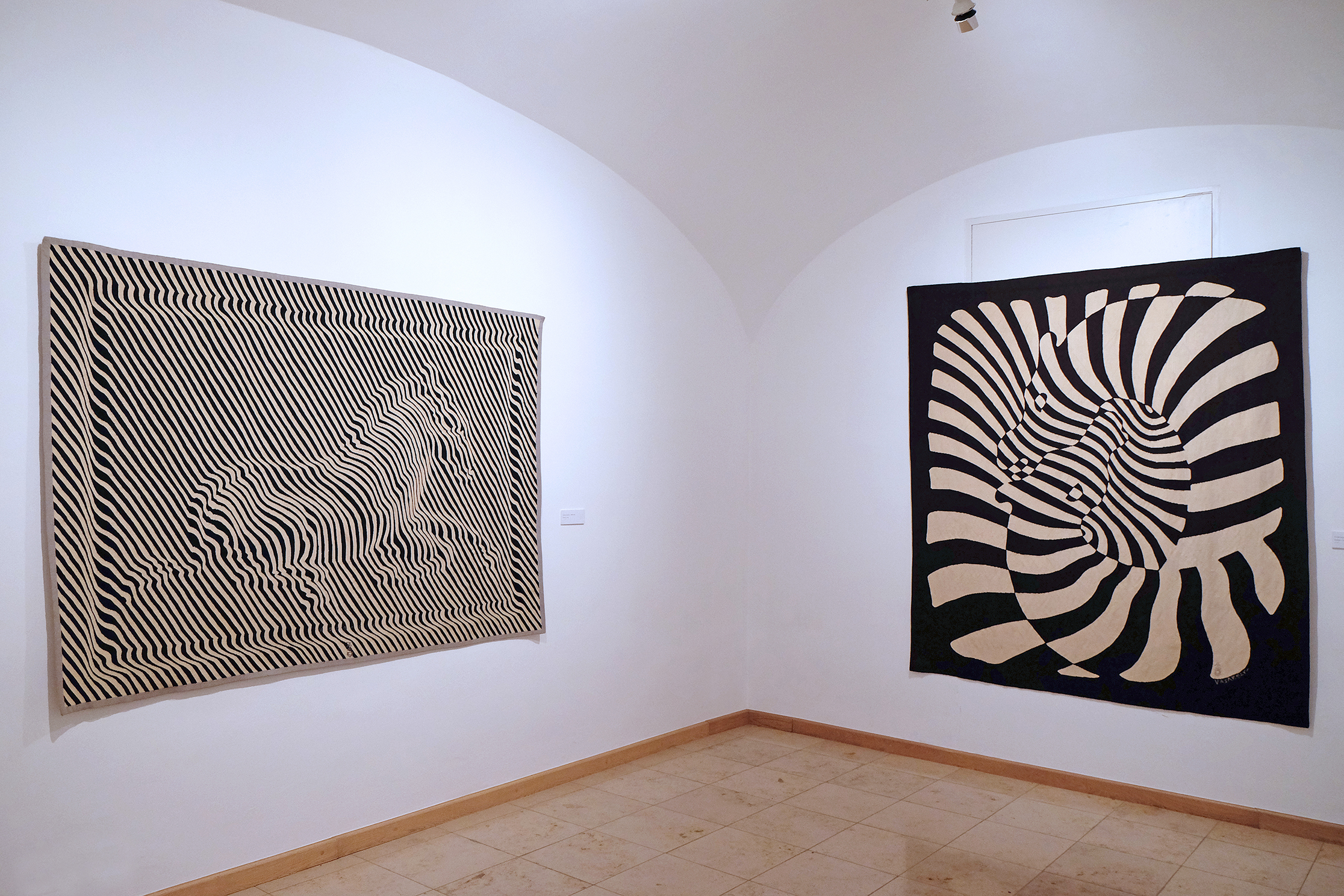
Artwork at the Vasarely Museum in Pécs, Hungary, including his famous Zebra theme.
Photo by Dedo Luka / Shutterstock.com
Budapest’s museums and galleries might soon be open to visitors who can prove they have been vaccinated. Hearing this made me realize just how much I’ve missed whiling away hours in the city’s grand temples of culture and its funky spaces.
More than that, it’s made me aware of how important this has been to my still-evolving understanding of Budapest and Hungarian culture.
Two exhibitions stand out as especially memorable to me, the retrospective of Péter Korniss’ work at the Hungarian National Gallery that ran from September 2017 to February 2018, and the permanent exhibition at the Vasarely Múzeum tucked away in Óbuda.
Apart from the fact that Korniss’ photography introduced me to aspects of Hungary and especially Transylvania I had no idea existed, I had the great pleasure of meeting and interviewing the man himself.
“I was born in Transylvania and I still feel very Transylvanian. We moved to Budapest when I was 12. I would have liked to have been a lawyer but in 1956, after the revolution, I was expelled from the law faculty of Eötvös Loránd University. I didn’t do anything special. I wasn’t a hero. I must have just been a little too loud,” he told me.
“After the revolution, there was a depression. I had to do several jobs to survive. I found a job as a picture drier at the so-called photographic cooperative on Andrássy Avenue. After a while, I started freelancing as a photographer for the weekly sports magazine. I got a job at “Nők Lapja,” the most popular women’s magazine, in 1961 and worked there for 30 years. I finished as the picture editor and art editor,” he recalled.
Korniss’ photographs of Eastern European villagers made a particular impression on me. He began taking photos of the villagers and their world in 1967. At that time, he said, Hungarians “knew very little of real life in Transylvania because, back then, the socialists didn’t want to stir up nationalism.”
When he returned from Transylvania with his first photos, Korniss was asked if the villagers had gotten dressed up in their colorful costumes especially for him. “They live like this,” he replied.
For this reason, Korniss waited for more than 30 years before showing the two photos that made the most impression on me, “Girl Turning the Hay” and “Resting Haymaker.” Even then people still asked him if the girl in the photos was a model.
Undiminished Power
The exhibition of Korniss’ work spanned almost 60 years and one of the most remarkable things was the undiminished power of the images.
A series called “Tradition” (2005 to 2012) included “Nativity Players in the Housing Estate.” The Transylvanian nativity players are shown in their traditional costume against the gritty, urban backdrop of Debrecen.
When I met Korniss, I told him that the photos in the “Tradition” series made me think he was a contemporary Young Turk of a photographer. He was delighted. Now I realize that Korniss was the first Hungarian gentleman I ever met.
The Victor Vasarely Museum at Szentlélek tér is about as far removed from the enormous and grand Hungarian National Gallery as you can get. It’s also out in Óbuda which, if you want to explore a different side of Budapest, is perfect.
I was keen to see Vasarely’s work because the only thing I knew about it, or him, was that a painting of his was used as the backdrop to “Space Oddity,” David Bowie’s 1969 album.
Vasarely was born in Pécs (209 km southeast of Budapest by road) in 1906. After abandoning medicine in 1927, he began to study painting. This changed when he enrolled at the Műhely or workshop, Budapest’s center for Bauhaus studies. Here, he learned typographical design and graphic art.
He left Hungary, arrived in Paris in 1930, and spent the rest of his life in the city of light, dying there in 1997.
Well-known
Speaking to my Hungarian partner about Vasarely, what surprised me was how well-known he is here. She told me that every Hungarian child knows his 1938 painting “Zebras.” Apparently, a school visit to the other Vasarely Museum at Pécs is part of a typical Hungarian education.
Hopefully, all those art-hungry Hungarian children will soon be scampering around the country’s museums and galleries again. There are plenty of benefits to be had from viewing art in the real world.
Following my nose online I came across something called the Nord-Trondelag Health Study. This surveyed 130,000 Norwegians aged 13 upwards. As part of the study, more than 50,000 men and women were asked how often they took part in cultural activities that included visiting galleries and museums.
The study apparently discovered that there was a clear connection between taking part in cultural activities and better health, contentment, and less anxiety and depression. These benefits were as apparent in people who consume art as they are artists themselves.
The findings of a 2014 study by the University of Arkansas among students are perhaps less surprising. After surveying more than 100,000 students, the study found that between 70-88% of them claimed to have become more tolerant and empathetic after a field trip to an art museum.
More interesting, and in keeping with Budapest’s reputation as a city of romance, are the findings of Professor Semir Zeki, a British neurobiologist at the University of London. He scanned the brains of volunteers to see what happened when they looked at 28 works of art.
When the volunteers viewed art they found beautiful, it released the neurotransmitter dopamine into their brains. Dopamine is associated with feeling loved up, amorous, and in the mood for pleasure.
Race you to the gallery.
This article was first published in the Budapest Business Journal print issue of May 7, 2021.
SUPPORT THE BUDAPEST BUSINESS JOURNAL
Producing journalism that is worthy of the name is a costly business. For 27 years, the publishers, editors and reporters of the Budapest Business Journal have striven to bring you business news that works, information that you can trust, that is factual, accurate and presented without fear or favor.
Newspaper organizations across the globe have struggled to find a business model that allows them to continue to excel, without compromising their ability to perform. Most recently, some have experimented with the idea of involving their most important stakeholders, their readers.
We would like to offer that same opportunity to our readers. We would like to invite you to help us deliver the quality business journalism you require. Hit our Support the BBJ button and you can choose the how much and how often you send us your contributions.

